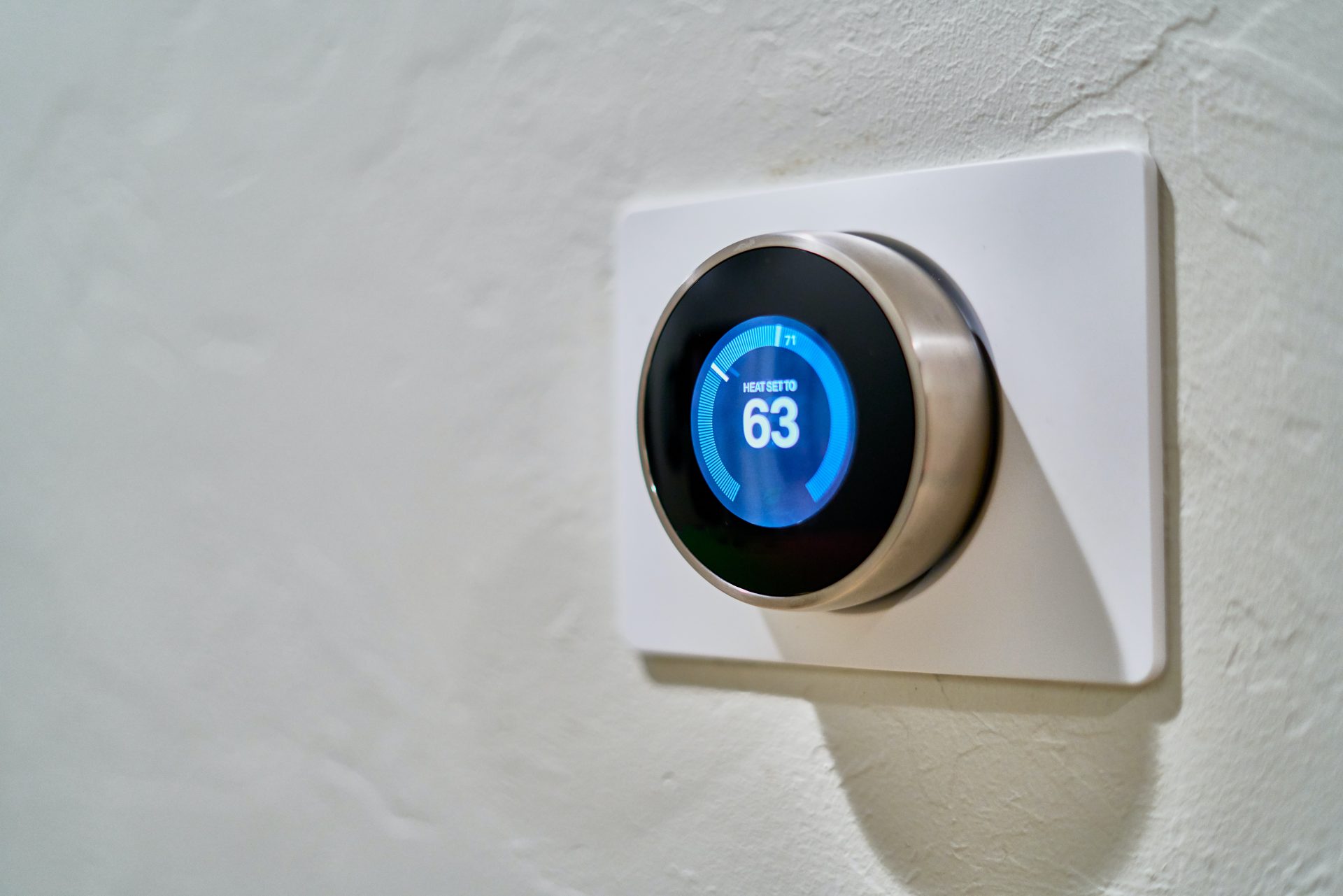Smart homes are getting more popular by the day, but there are many common myths online about smart home tech that you should be aware of.
Smart Homes Are Only For The Rich
It isn’t true that smart homes are only for the well-off among us. Still, many believe that having a smart home is only for high-end homes and those with the highest incomes in the area.
However, there’s been so many advances with smart home technology that the costs are becoming more reasonable.
If interested in making your current home ‘smarter,’ start small. Just buy a few smart bulbs that you can turn on and off with Alexa. Or, pick up some smart plugs to attach to your current lamps and electronic gadgets. Smart plugs let you turn your old gadgets on and off with voice commands, too.
Smart Tech Is Only Possible During Construction
The reality is you can add smart technology to your existing home, no matter how old it is.
It’s true that it’s easier to make the entire home smart from the beginning during construction.
But so many smart devices, plugs, and adaptors exist to add to an existing home. It’s possible to have a smart home that was built decades ago, too.
Smart Homes Are A Security Risk
This isn’t true, your smart home is always safe for you and your family.
An understandable concern about smart homes is that having devices that are IoT-based can be hacked. It’s important to remember that privacy is always a concern, whether you’re at home or in the office.
However, homeowners should know that smart device providers work closely with cybersecurity experts to ensure that the devices are encrypted and there’s little chance that someone can take control of your devices that you don’t want to.
You’ll Have Higher Energy Bills
Actually, the opposite is true. Smart home devices and technology use controllers that use a small amount of energy. And using smart technology can reduce the amount of electricity you use.
For example, when you install a smart thermostat, you can more precisely control the temperature of the home at different times of the day, which can lead to a lower electric bill in summer and winter.
Further, it’s possible to add smart motion sensors to rooms in the home so the lights turn off automatically when they’re empty. You also can adjust the strength of lighting with smart bulbs so they are not used at 100% power all the time.
Smart Homes Cost Too Much
This is another common myth that isn’t true. You can start your smart home experience with smart bulbs for $40 or $50 and there also are smart plugs available for about the same amount.
You can just add more bulbs and smart plugs to different parts of the home as your budget allows. Start with the rooms that get the most traffic and use and go from there.
You should find that over several months and years, you will be able to lower your electric costs as you add more smart tech to the home.
You Need To Be Tech-Savvy
No, you don’t need to be a technological genius to have a smart home. Most smart home gadgets are wireless now and many are just plug and play.
You also can easily put apps on your smartphone to control the smart devices in the home, so it’s never been easier to switch to a smart home.
Smart homes are always changing and improving, and some of the common myths noted here may be outdated quickly. But if you remember these misconceptions, you may be more open to having a smart home, and that can save you money and add convenience to your daily living.









